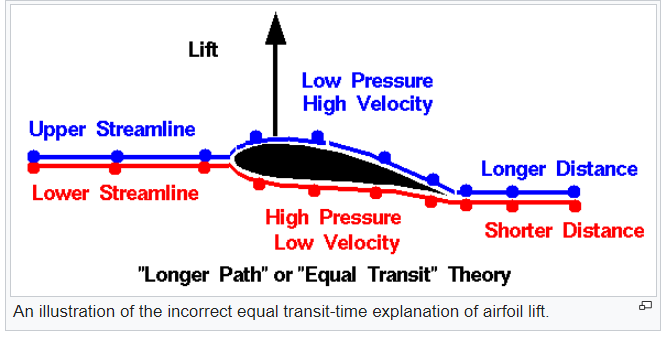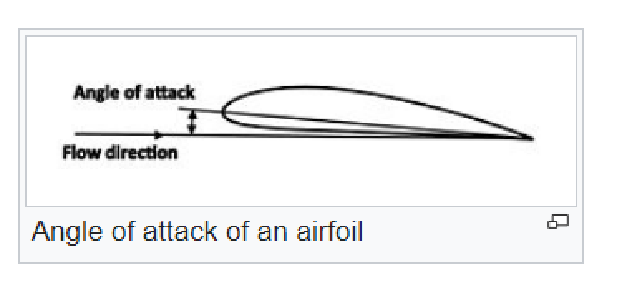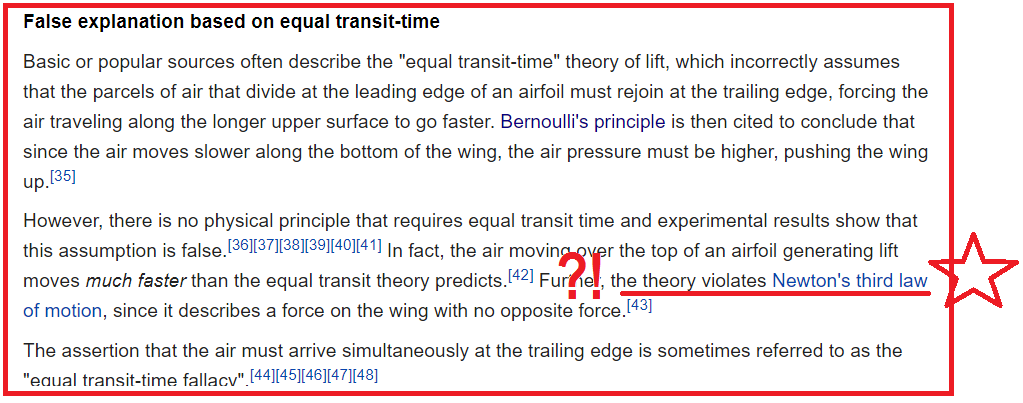Let me guess. Populations get isolated. Changes get “fixed” in the population. Natural selection works on it… How many such sequences need to happen before a new species is created? And of course the main problem is that natural selection is supposed to improve reproductive fitness… How many generations would it take to resolve a bottleneck? I think it will be resolved quickly either way-out the population dies off or fills a niche
This scenario should not create the kind of changes we see between ,say reptiles and birds… atmost, it should result in speciation… say,fox becomes a new species of fox.
So, there should be a continuum of clustered species in between reptiles and birds to the extent that we should not be able to clearly say where the reptiles stop and the birds start…
This is not the case.
Almost, Darwinists can argue that speciation happens so fast, that the probability to leave fossils of intermediate species is low like Stephen Gould postulated.
Except that it doesn’t… That’s the problem.
What we do see is…
Textbooks with false/outdated information presented in a misleading manner.
Drawings with more art than science.
And a lot of circular reasoning. Can you point to a paper that actually proves how evolution leads to nested heirarchies as opposed to a continuum of species?
I am fairly satisfied that genetics doesn’t really support any particular evolutionary tree… the genome of the same organism points to a no: of different lineages. This itself should falsify common descent.
As for the fossil evidence… it’s a fact that there not nearly enough transitional species fossils… this is known. That’s why punctuated equilibrium is well accepted. .
What else is left?



